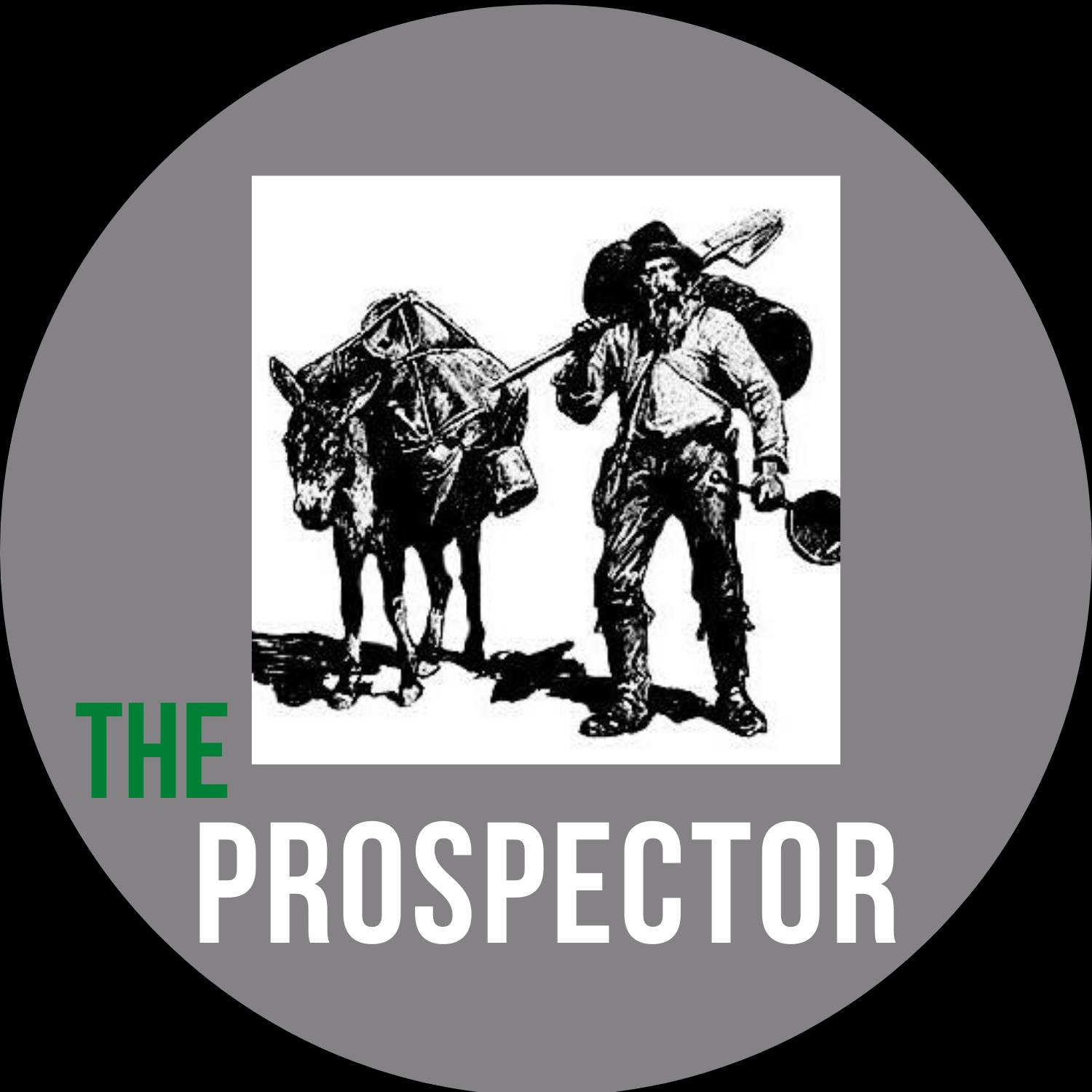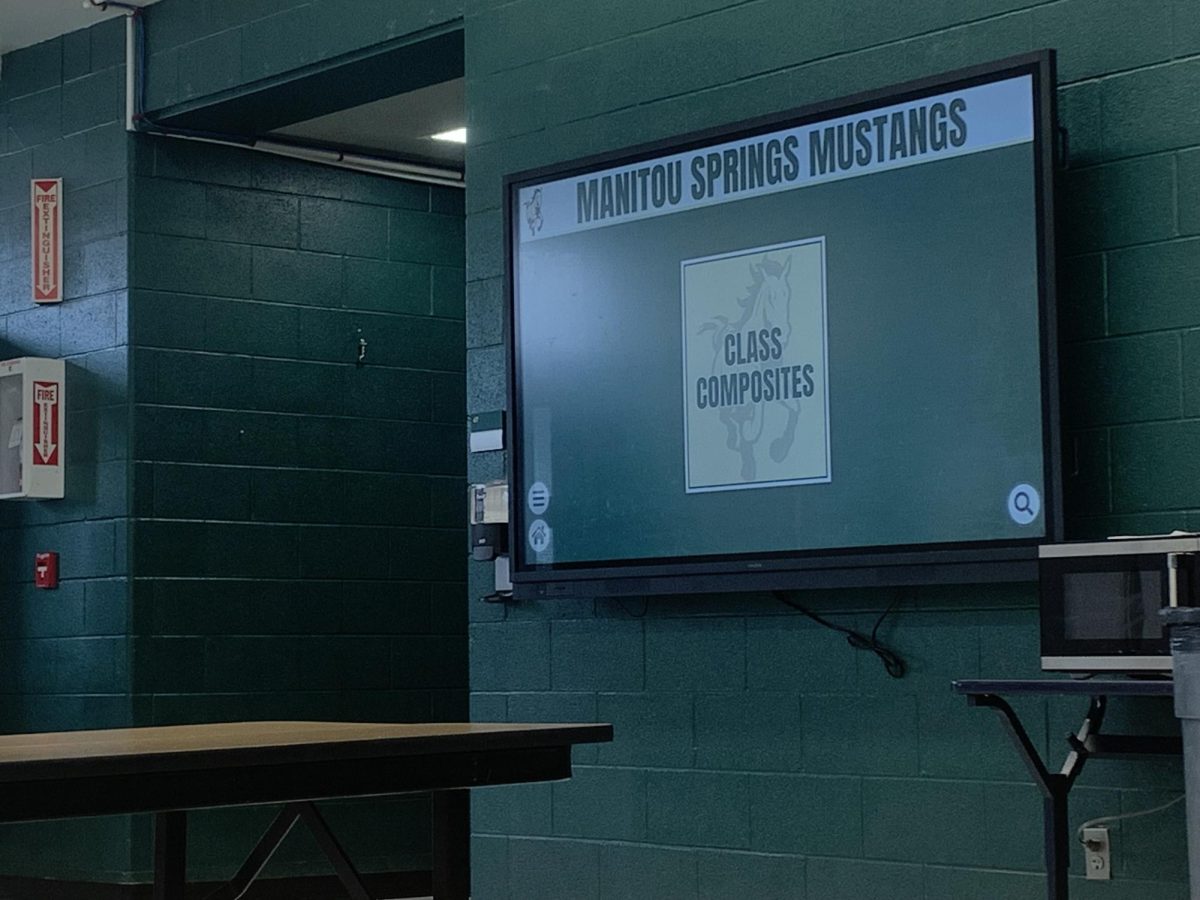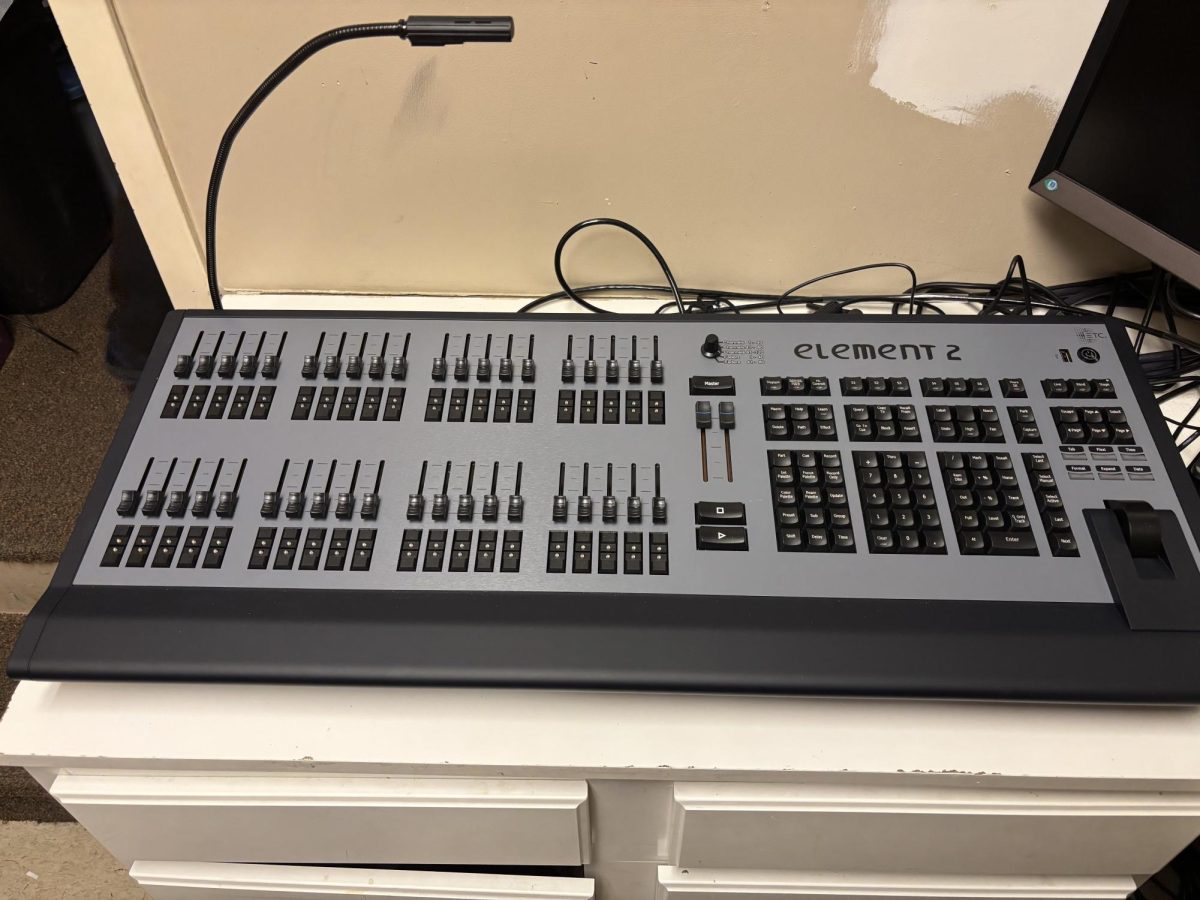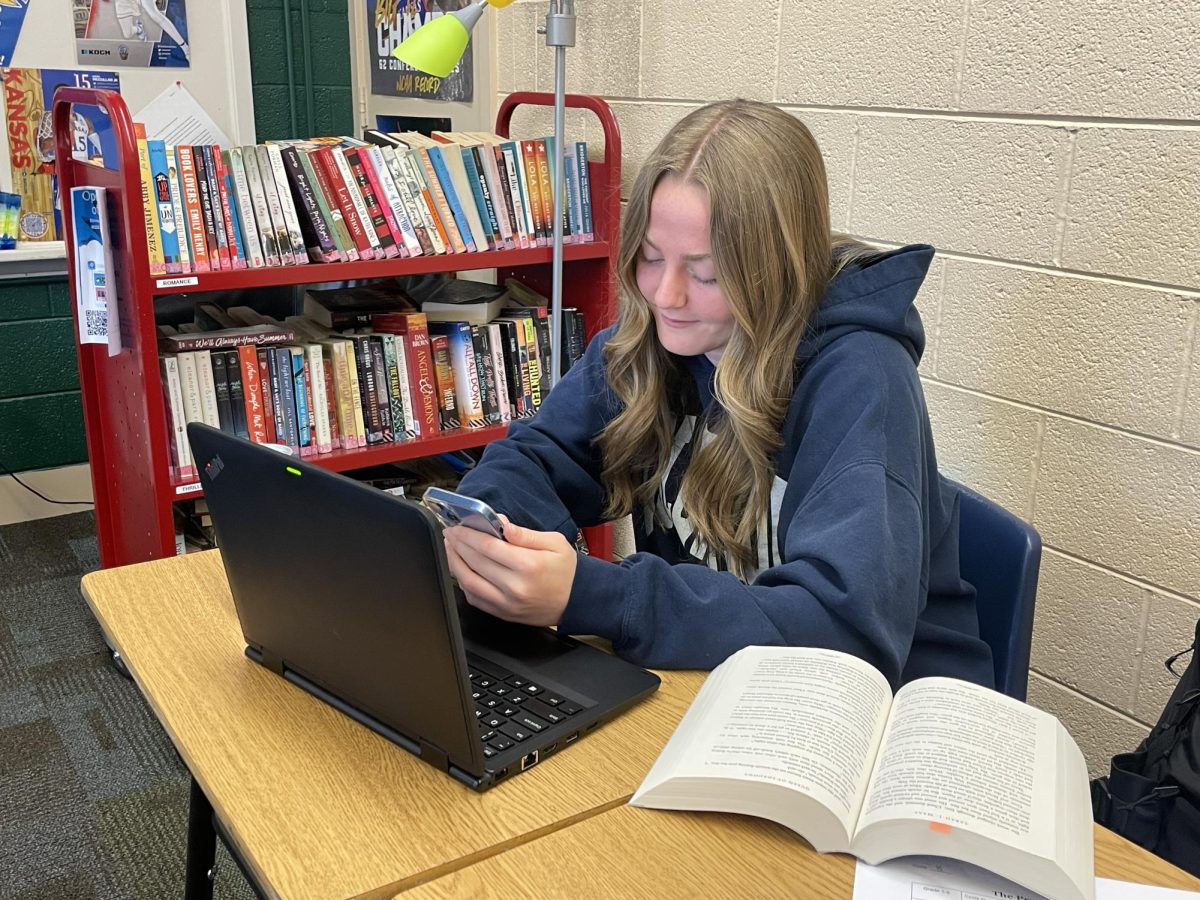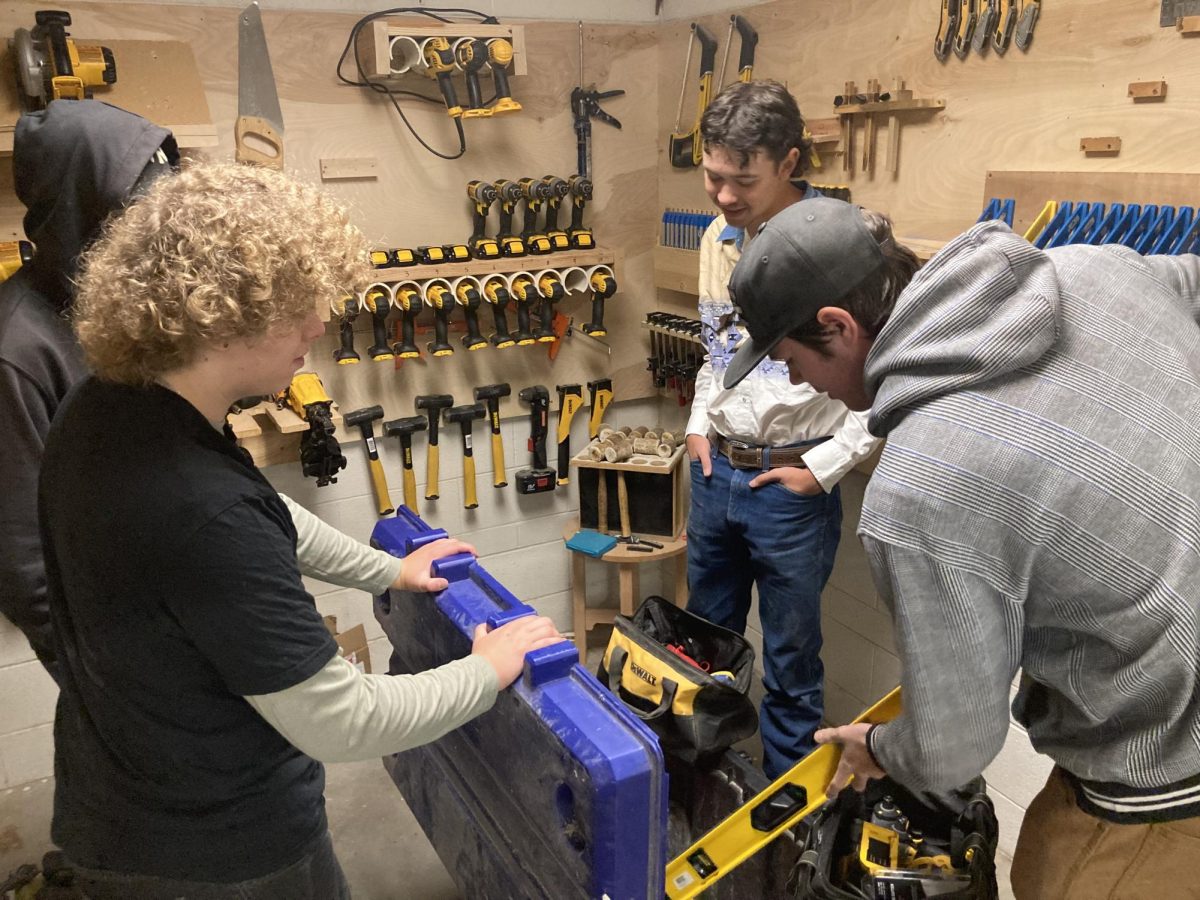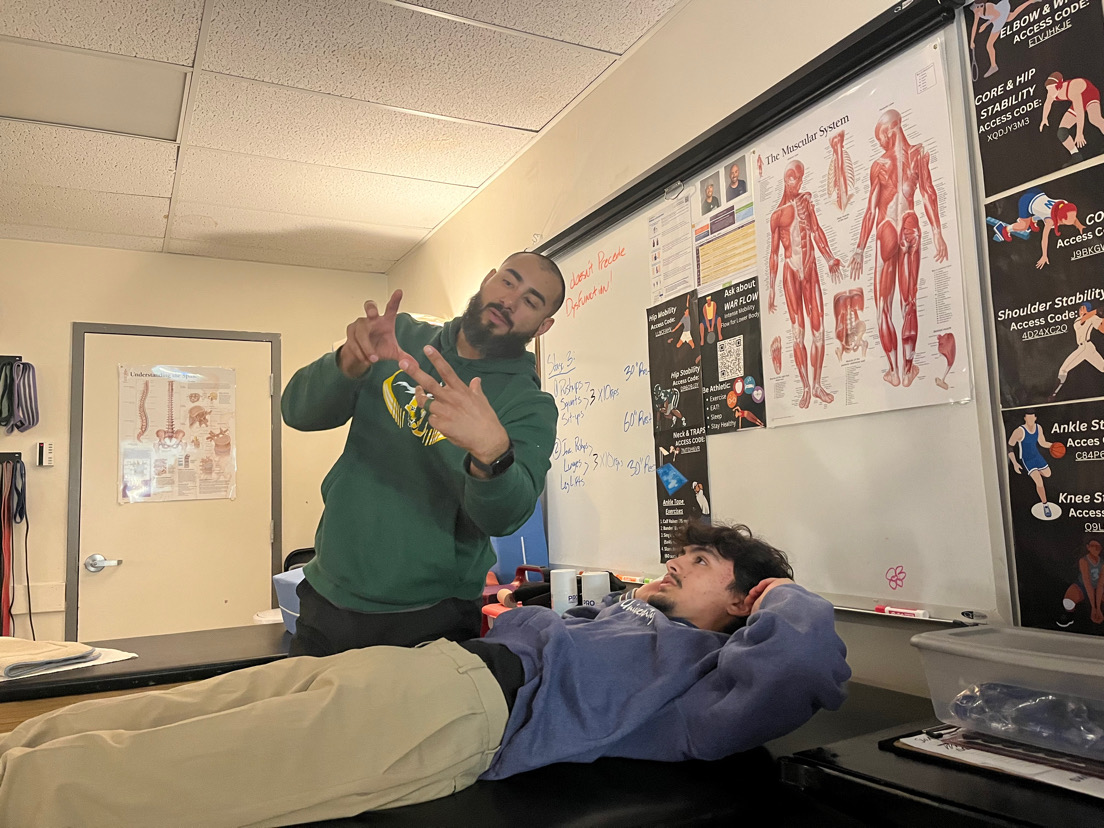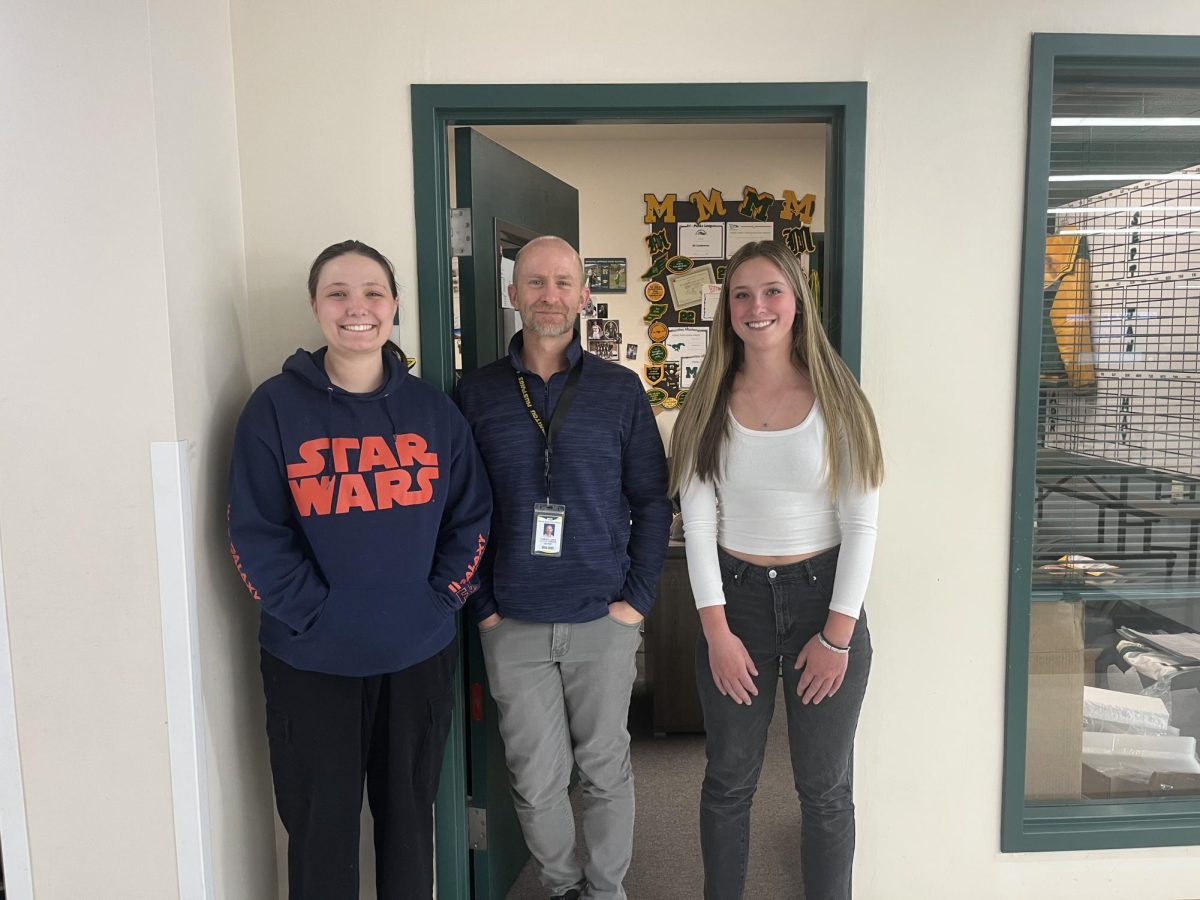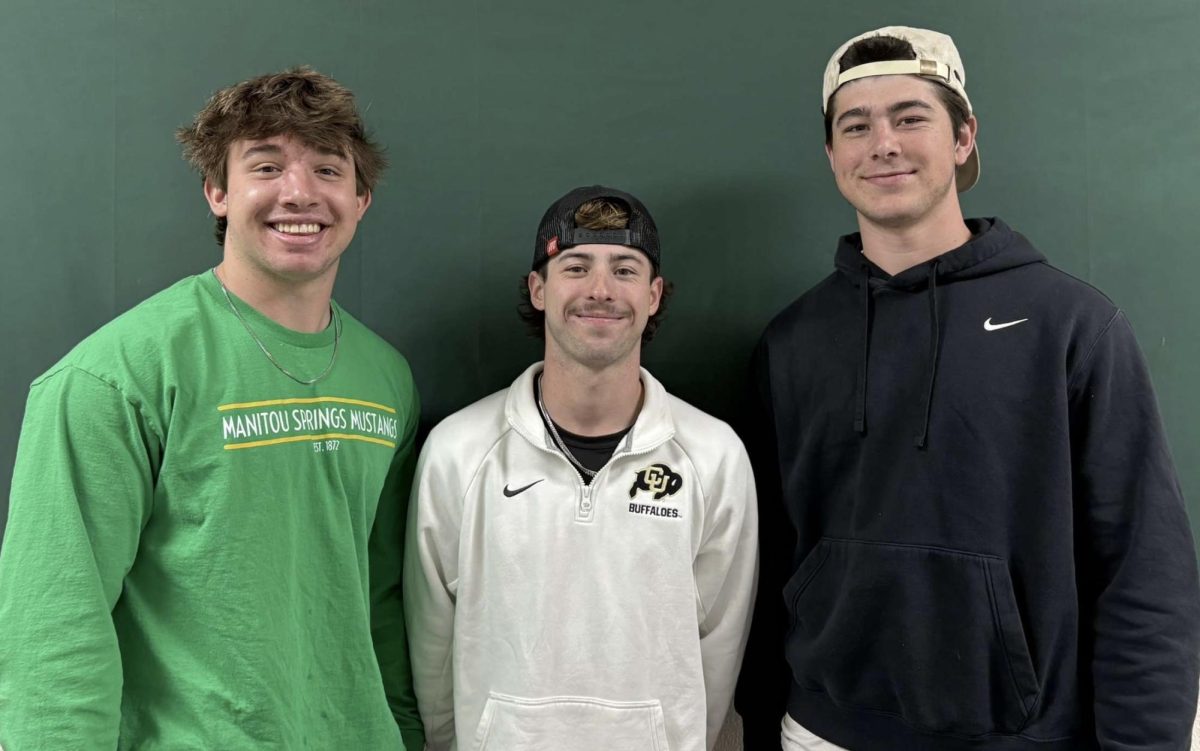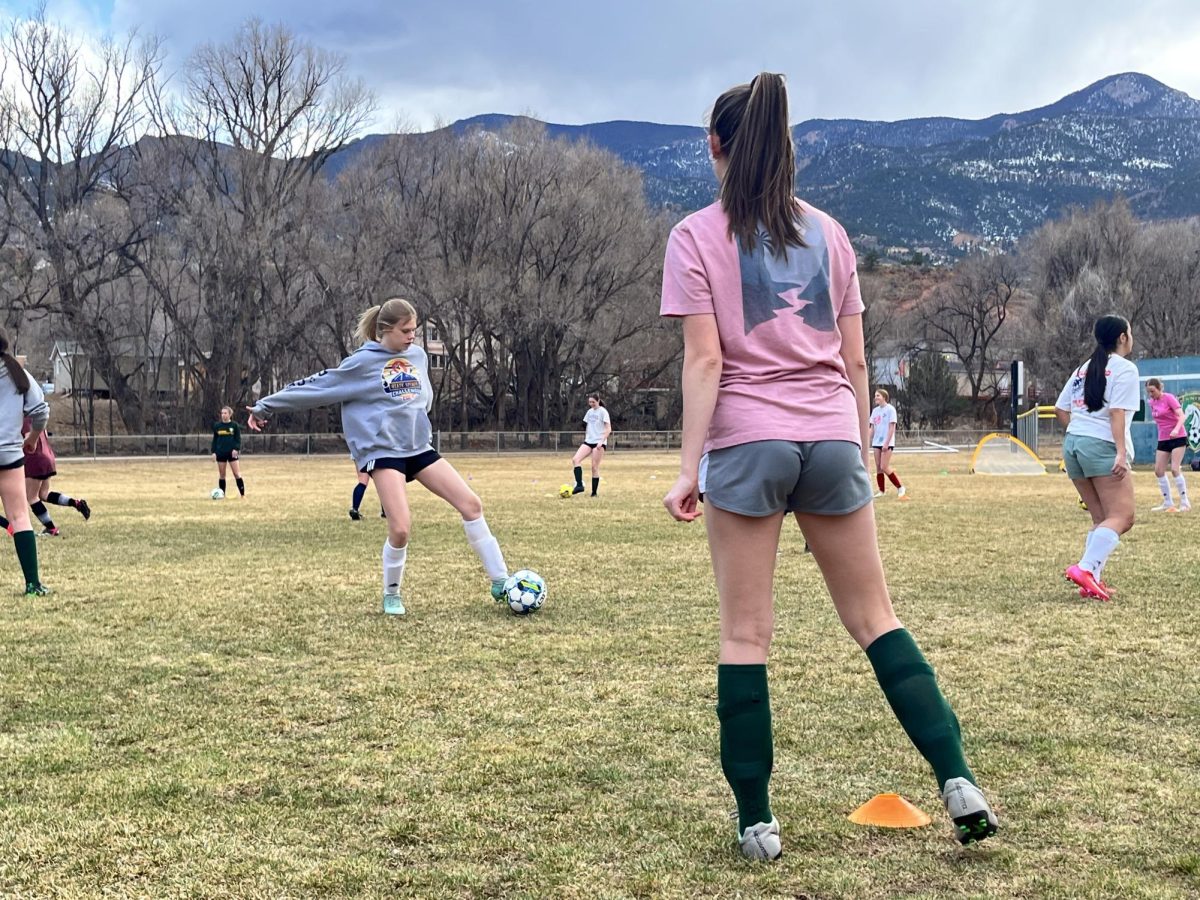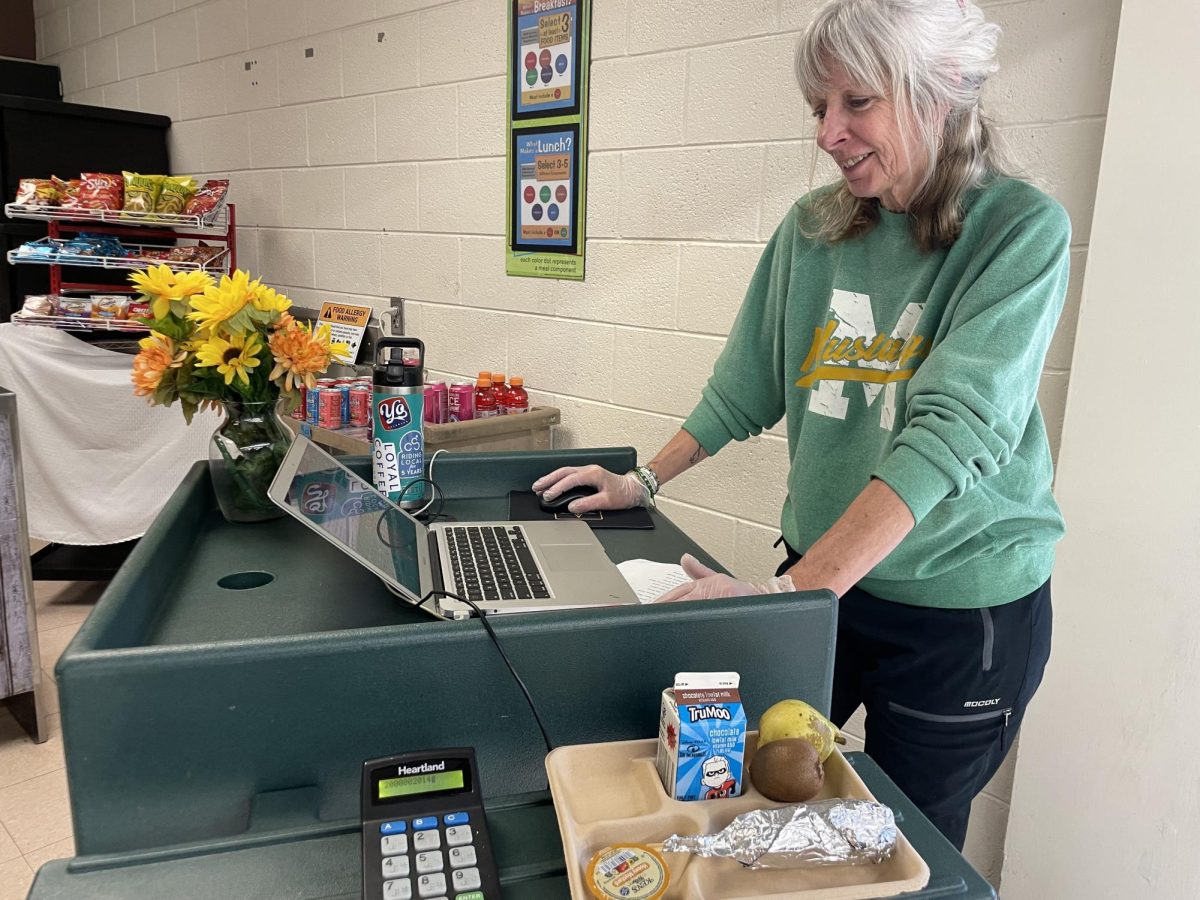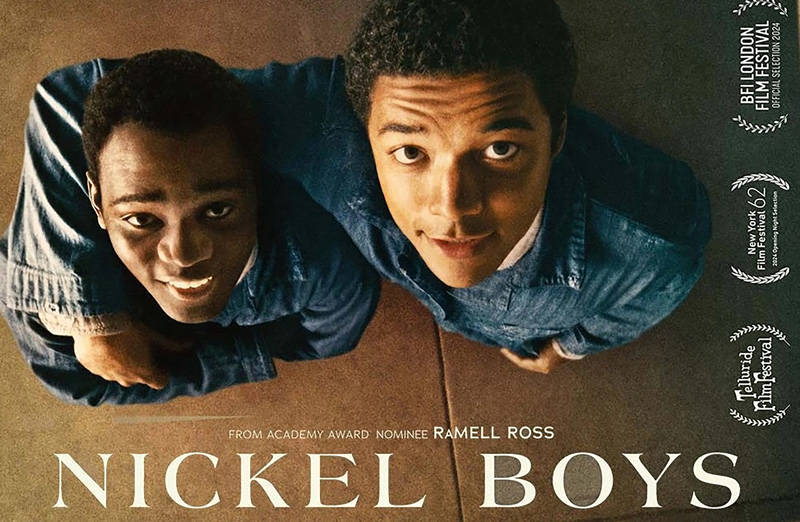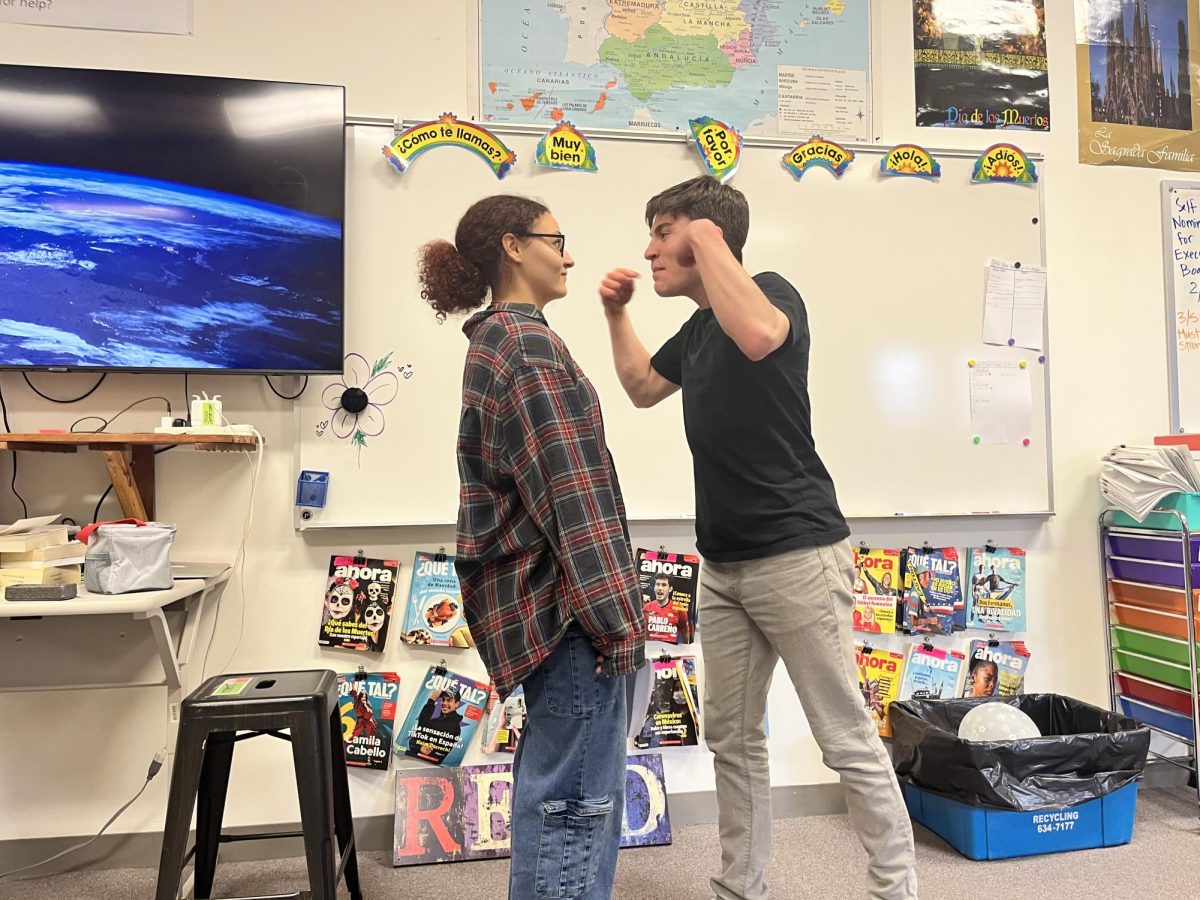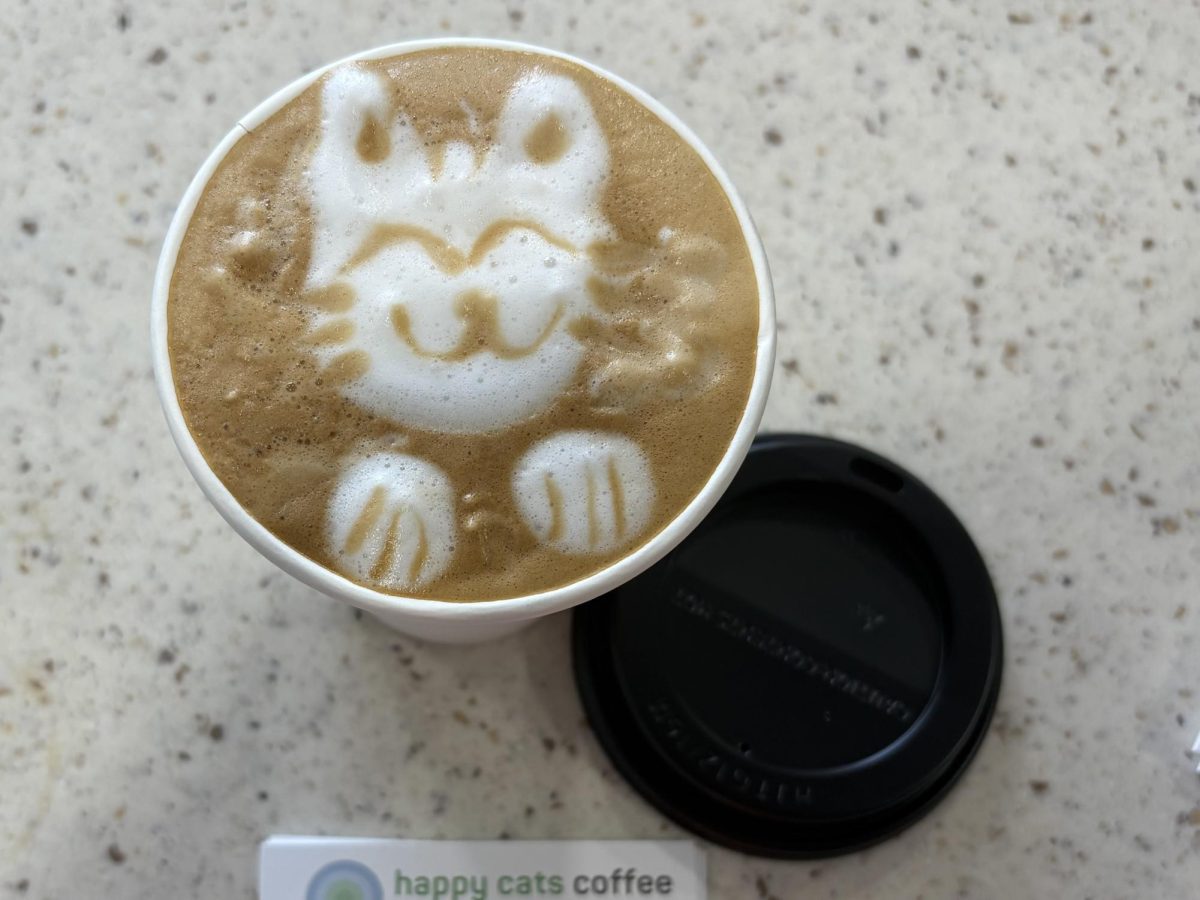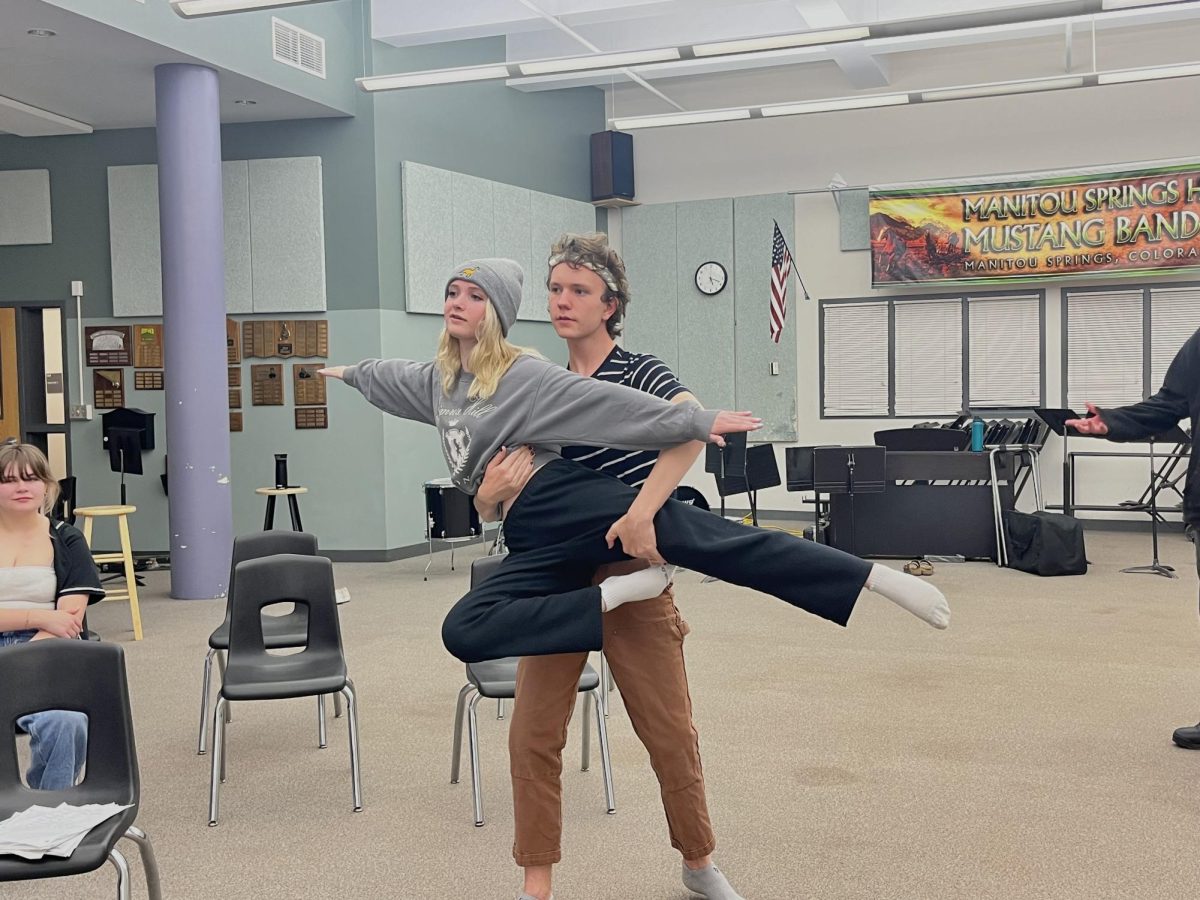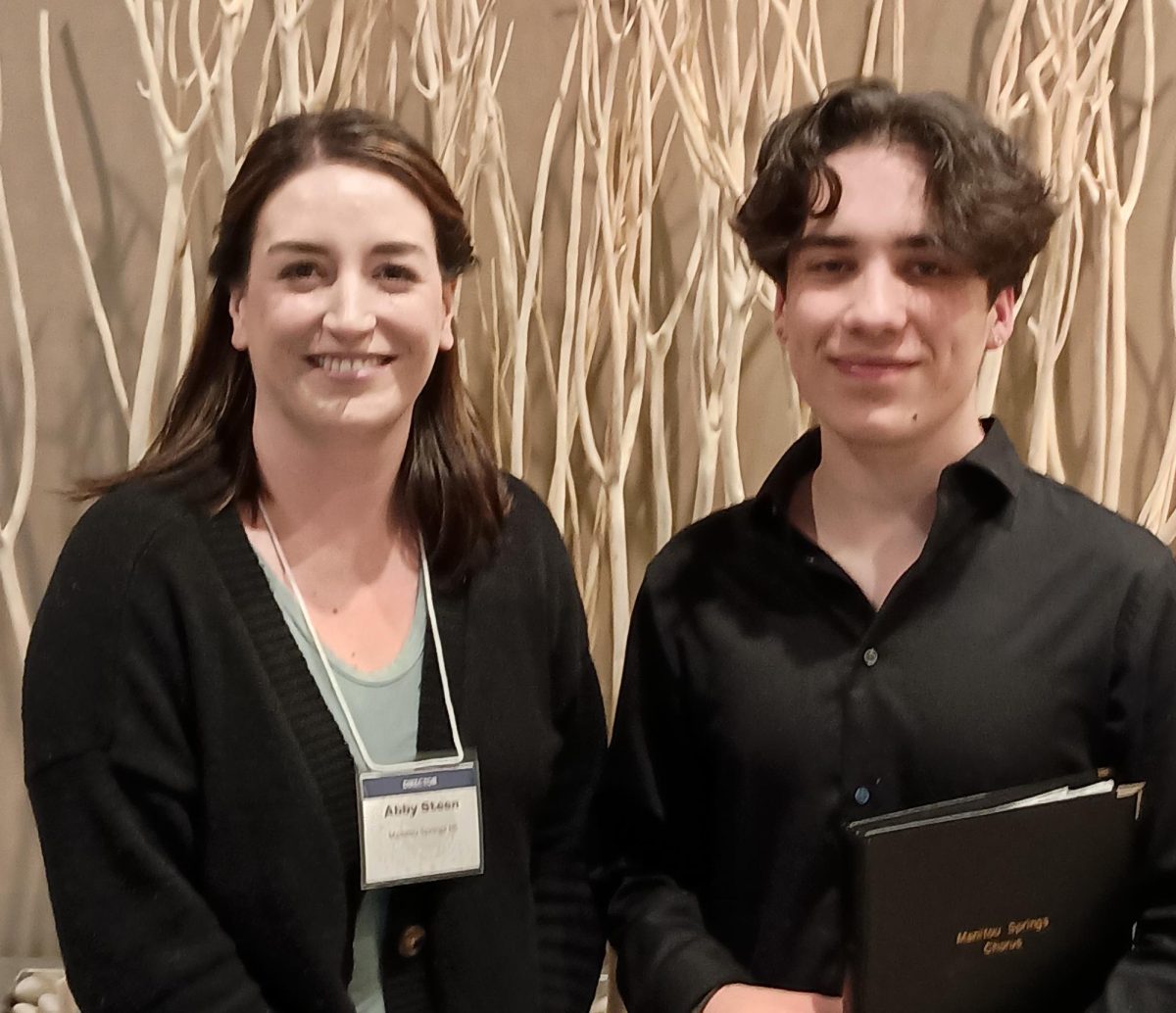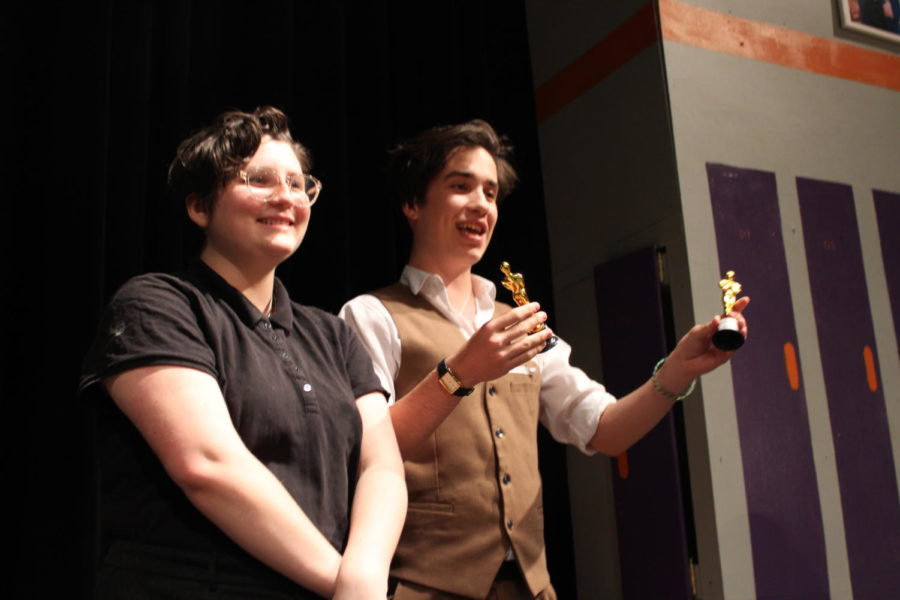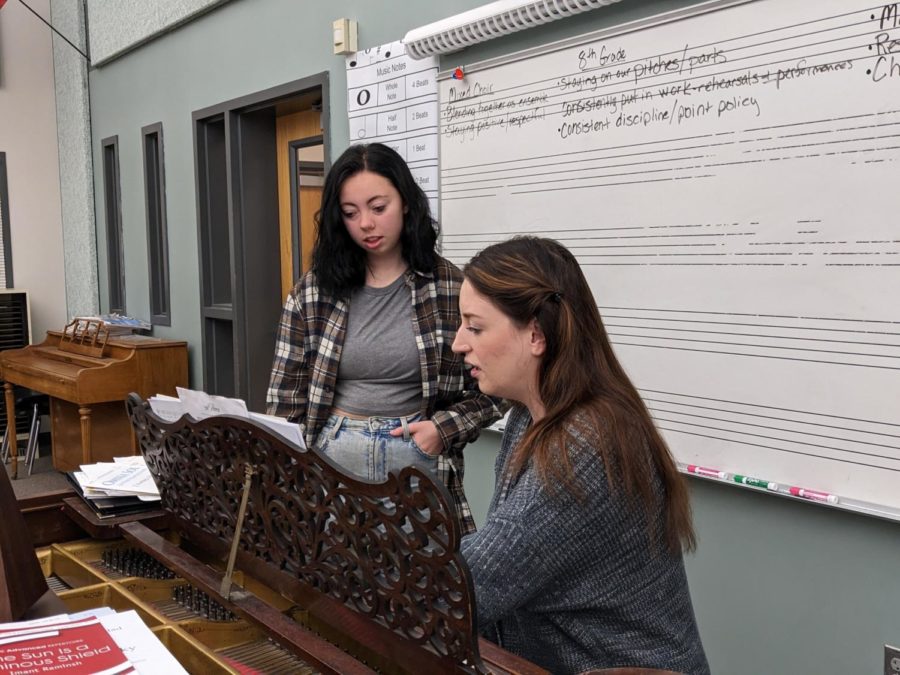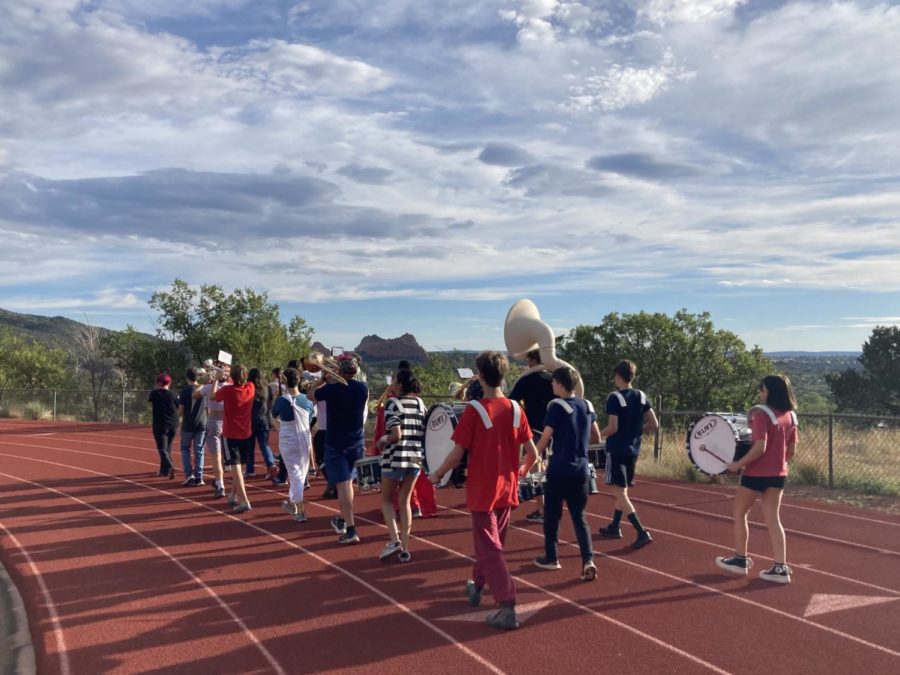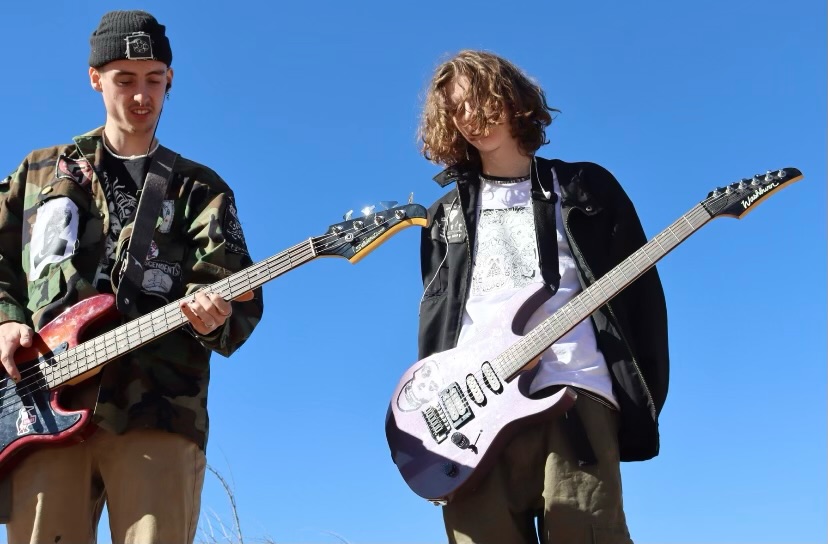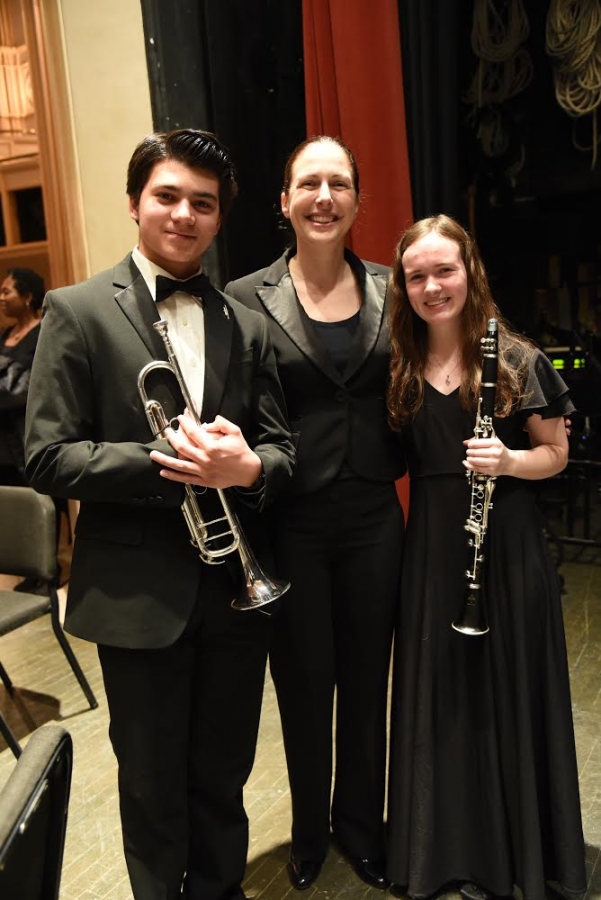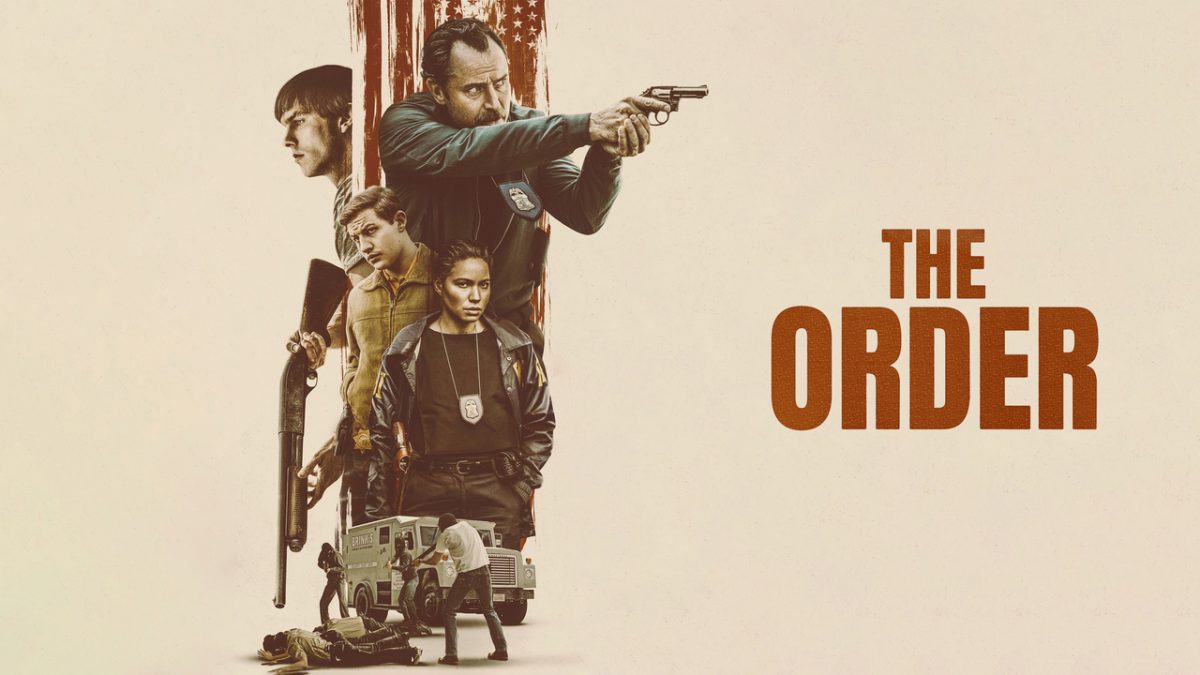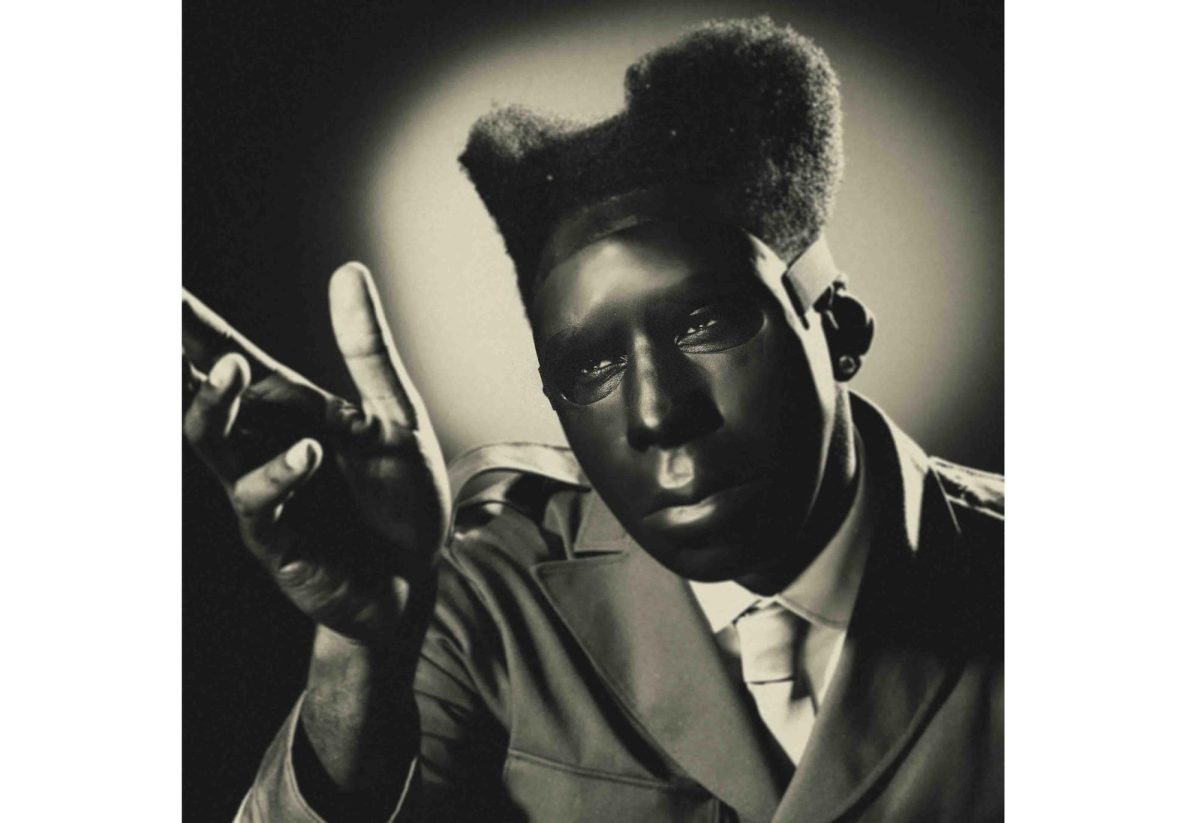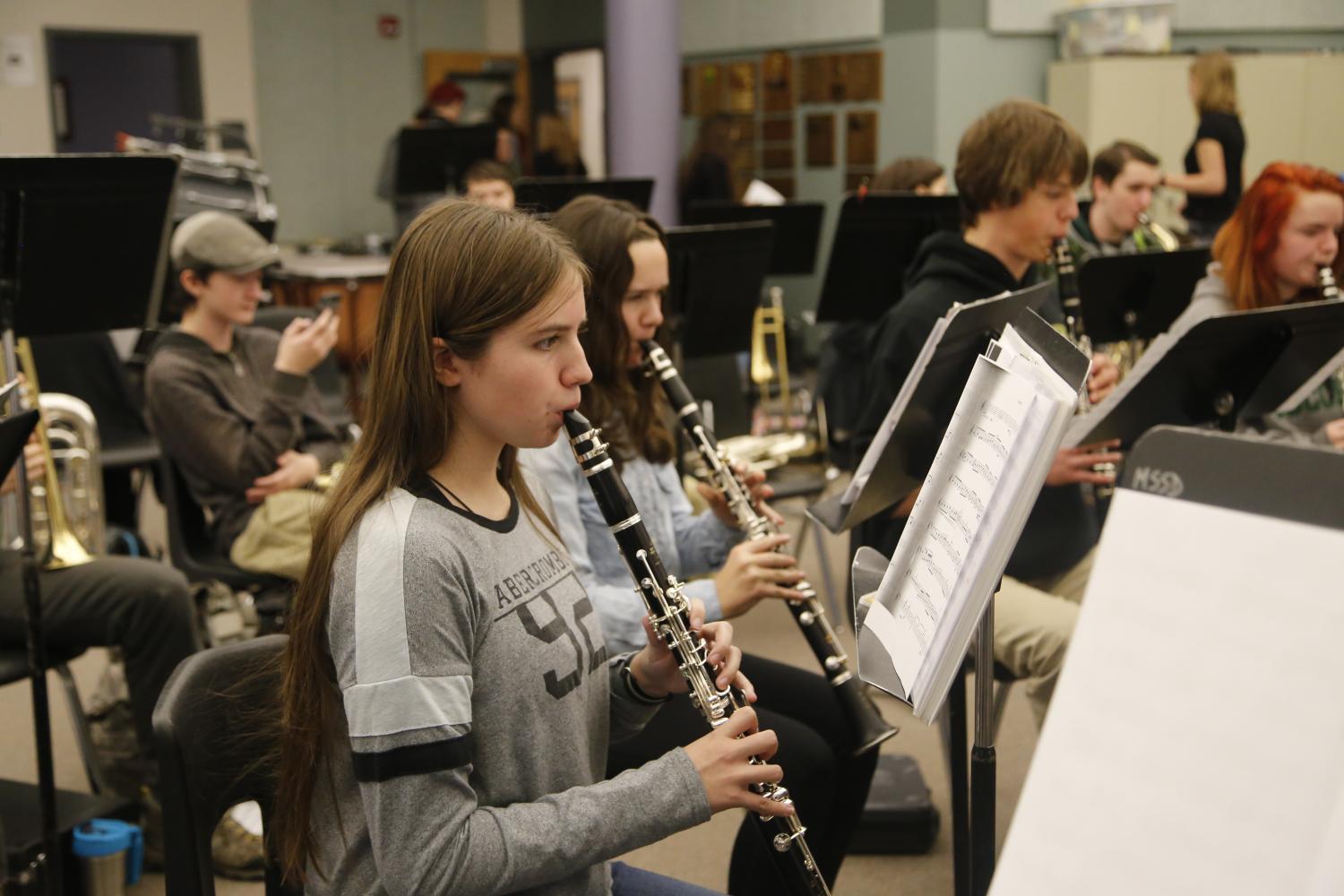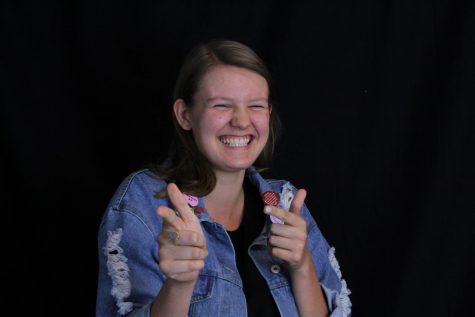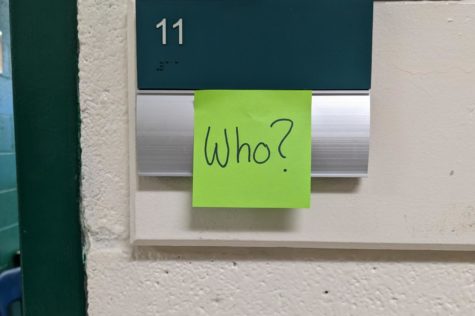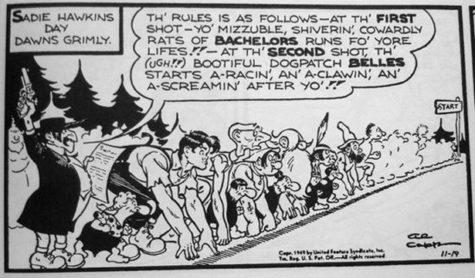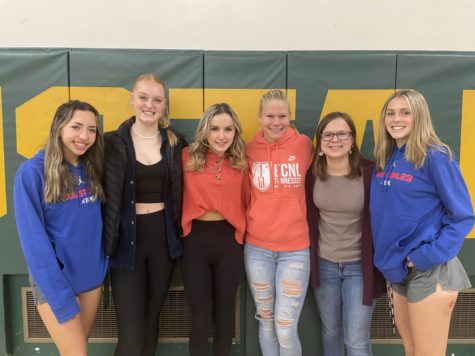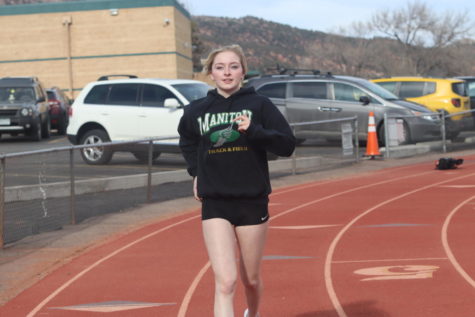Band Improves Festival Scores From Last Year
May 5, 2017
Last year, Manitou Springs High School Symphonic Band competed in a prestigious competition called CHSAA Large Group and Solo & Ensemble Festival. They played the pieces “Overture for Winds” by Charles Carter and “The Thunderer” by John Philip Sousa. They scored II’s across the board, I being the best, with an overall rating of “excellent.”
They returned again this year earning another rating of “excellent” rating with an average of II’s. For their prepared performance, they played two pieces: “Chesford Portrait,” by James Swearingen and “Bandology” by Eric Osterling. They received a rating of two II’s and a III. After they played their prepared music, they went and competed in sight reading. They received a I in sight reading, which is the highest score they could have received.
The band went into the performance with high expectations. They would only need two judges to give them a rating of I to have an overall score of “superior.” Last year they received II’s across the board. Terrance Leve, the high school band teacher, said, “Expectations are always a hard topic to pinpoint in the Band world. Our expectation as an ensemble was to perform the piece to the maximum level that we had prepared it. Myself and the students both believed that a performance of this level would merit a rating of a ‘I.’ The band performed extremely well, and I remember feeling quite pleased with their efforts immediately following the performance.”
Alena Akse (11), first chair flutist, had a different opinion on the results of the performance. “I personally disagree with the judges, and I think we did better than last year. Maybe differences in instrumentation affected the balance negatively and brought our score down. I think our performance [this year] was of the best we’ve done, where last year our performance at Festival was one of the worst times we played the songs,” Akse said.
Even though Akse disagreed with the final score, she did agree with part of what the judges had to say. “I think it’s definitely necessary for the band to hear these things that Leve always reminds us from someone else so they know it’s a common opinion,” Akse said. Leve agreed that the feedback they received was important to himself and the band. “I believe the Band learned how important attention to detail really is. The difference between a II and a I is so slight. In order to receive the score we truly want, those details must be consistently noticed,” he said.
Leve learned things himself as a conductor from the judges as well. He has adopted a new strategy for sight reading, called STARS (Signatures, Tempo, Accidentals, Rhythm, and Symbols). “As a conductor, I learned several teaching perspectives that were introduced to me. The clinicians that we were able to work with helped tremendously, and I plan on using their suggestions in class in the future,” he said.
However, there were many aspects of the performance that Leve thought went well. “One of my favorite strong points of the performance was the focus level of the ensemble beforehand. Each student had an appropriate mindset, and were each ready to perform their best. Weak points were some mistakes that happened in the performance that hadn’t happened in rehearsals for quite some time. Wrong note, early entrances, etc. This can often be attributed to nerves,” Leve said.
As for a performance in the future, Leve says the future looks bright. “We have every intention of returning next year. In terms of improving scores, there are several aspects to consider. The music we play, the strategies we use to prepare, etc.
“My feelings are that students should feel proud of their accomplishments, knowing that we have improvements we can make for the future,” Leve said.
